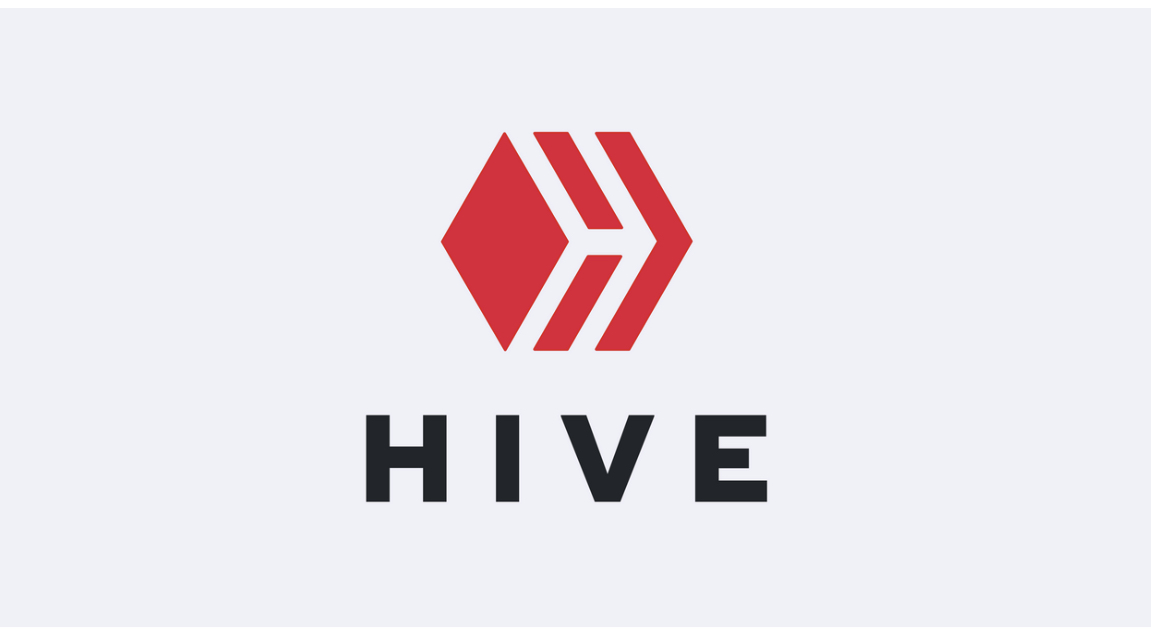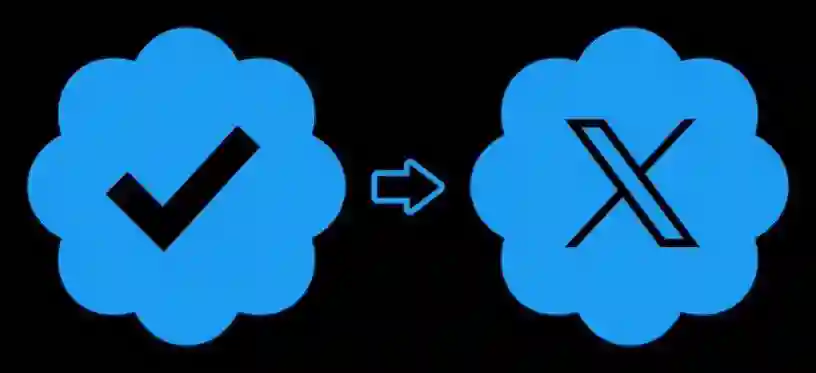
Introduction
This post further explores the world of asset tokenization. The adoption of digital ledger technology proceeds silently in the background of our lives, as people invent innovative products to fulfill a business need.
Despite public debate about whether the technology called Bitcoin, and the technology called Blockchain are good or bad. The world adopts technology if it is useful, and when you research the adoption of these technologies you find yourself convinced that not only do the Primative or First versions have use cases, but their descendants have use cases the original creators may not have envisioned. It seems to be the nature of technology to be adopted by those who need it. And ignored by those who don’t need it.
Michael Saylor referred to this in his speech on Bitcoin. He said, and I paraphrase; companies and individuals are not interested in Bitcoin, until they need Bitcoin. When your financially successful you don’t look for alternative financial tools. It is only when you need to save your company or rescue yourself from a precarious financial position that you look around for alternatives. It is during this moment, when you need Bitcoin, that you will open your mind to Bitcoin.
Fractional ownership platforms
These are a system of investing that allow individuals to invest in assets such as real estate, private companies, and other high-value items without buying them outright.
These investments often take the form of fractional shares, which represent a fraction of the entire asset. For example, an investor might purchase one-tenth of a share in an apartment building and become a partial owner of that property.
source
Body
Fractional ownership platforms.
- These platforms exist to provide a financial tools to those who are ready to learn and embrace innovative tools.
These platforms, are sadly, not often looked at by the successful, because they have a tempered desire for innovation, efficiency and increased profitability.
However, these platforms offer several key benefits compared to traditional forms of investing.
First, they let individuals access investments that would otherwise be out of reach due to their high cost or scarcity, allowing them to diversify their portfolio with valuable assets.
Second, fractional ownership allows investors to spread their risk among multiple investments instead of putting all their eggs into one basket, helping to reduce volatility and protect against losses.
Third, these platforms also enable investors to trade quickly and easily on secondary markets at prices determined by demand, allowing owners to exit or enter positions as needed.
source
Fractional Investment Marketplaces
Like all innovations, these products are not available on typical marketplaces, so marketplaces have been created for them.
These marketplaces are essential, so these products can live up to their full promise of providing a global marketplace.
In many cases these platforms work through online marketplaces that list assets available for investment from around the world.
Typically each asset is listed with details about its characteristics such as size, location, and estimated return on investment (ROI).
Investors can then browse the marketplace for potential opportunities before making a decision on what asset(s) they want to invest in.
Some platforms allow users to invest using traditional methods such as credit cards or bank transfers while others require users to open an account with the platform itself in order to make investments using cryptocurrencies such as Bitcoin or Ethereum.
source
Track investment portfolio performance
- The data is on chain, the databases are queriable, you just need to tools, and most blockchain explorers fulfill this need and provide this tool or database.
Once invested in a particular asset through a fractional ownership platform users can typically track the performance of their holdings over time via simple dashboards which aggregate performance metrics across the portfolio.
This helps owners stay informed about market movements even if they don’t have expertise in real estate or any particular sector they are invested in financially speaking.
Additionally most platforms offer tools like automated dividend payments and notifications should there be any changes with regards taxes or regulations pertaining to particular assets that could affect performance or overall return profits for investors over time.
source
Revolutionary change for certain assets
Overall fractional ownership has revolutionized how people view investing offering unprecedented access while being nearly risk free when managing resources correctly - something made possible by advanced tech-based solutions driving this industry forward today towards increasingly streamlined processes and user experience outcomes overall resulting in higher levels of satisfaction associated with this type of investing model used throughout financial markets worldwide today more than ever before.
Reasons To Use Fractional Ownership Platforms
These advantages of fractional ownership platforms mirror the advantages of asset tokenization, but add the market depth and distribution attributes of the internet to the technological advantages of this innovative financial tool.
Cost Savings: Fractional ownership platforms enable users to purchase partial stakes in assets they couldn’t otherwise afford on their own. This can save them a lot of money due to the reduced cost of entry.
Accessibility: Fractional ownership platforms provide greater access to expensive assets, such as cars and real estate, that would otherwise be inaccessible or too expensive for many people. By pooling resources, fractional owners can have a piece of larger items without having to pay the full price up front.
Flexibility: Fractional ownership gives investors more flexibility than traditional investments because they are not tied down with long-term commitments. Owners are able to buy and sell shares quickly depending on market conditions or personal needs. This makes it much easier for investors to liquidate positions if necessary and make changes when needed without taking a large financial hit from fees and commissions associated with longer-term investments like stocks.
Diversification: With fractional ownership, it is possible for members to diversify their portfolios by investing in multiple pieces of an asset instead of just one piece alone allowing them to reduce risk exposure while potentially reaping higher returns over time as multiple gains are combined into one investment account.
Increased Return Potential: If the value of the asset increases over time, fractional owners will typically see the same increase in share value as well since they own only a portion of it rather than having invested all capital upfront in buying outright ownership - resulting in increased return potential compared to traditional investments without having incurred additional costs (such as taxes) normally associated with such profits made from large purchases through conventional means.
The Importance of Fractional Ownership Platforms
Fractional ownership platforms are revolutionizing the way people think about asset ownership.
They provide access to high-value assets that were previously out of reach for many individuals, such as luxury vehicles and vacation homes.
This is an important development because it allows more people to invest in different types of assets that can help them create wealth, diversify their investments, and increase their financial security.
Fractional ownership platforms also offer a cost-effective way of investing in assets by allowing users to purchase a smaller share instead of buying them outright.
This means that investors can get exposure to an asset without having to make a large upfront investment or take on additional debt.
It also helps reduce the associated risks since investors only need to commit a portion of their total resources toward one particular asset.
Furthermore, these platforms allow investors to benefit from the same appreciation potential as if they had purchased the whole asset themselves.
The fractional ownership model is beneficial for entrepreneurs and businesses as well since it provides access to more capital and frees up resources so they can focus on growing their business instead of tying up capital in physical assets.
Additionally, this type of platform enables businesses to collaborate with likeminded individuals who have the same interests and goals which could lead to joint ventures that can further enhance success.
Overall, fractional ownership platforms provide access opportunities not available before while helping reduce costs, minimize risks, and foster collaboration between investors with similar objectives.
It is clear why fractional ownership is such an important concept today; it offers numerous advantages that make investing easier and more accessible for everyone involved.
Features Provided by Fractional Ownership Platforms
Partial Ownership: Fractional ownership platforms offer partial ownership of luxury assets, such as aircrafts and boats, to investors. Investors are able to purchase a “fraction” or shares in the asset, instead of having to purchase it in its entirety. This allows multiple people or groups to own a single asset together, making it more accessible and cost-effective for them.
Shared Use: On fractional ownership platforms, investors can use the shared asset for set periods of time each year without having to worry about other owners using the same asset on different days or times. Additionally, most fractional ownership providers also offer online booking capabilities so that users can easily make arrangements when they want to use their fractional share of the asset during their allotted timeslot.
Maintenance Upkeep: Most fractional ownership providers also manage all maintenance requirements related to an asset in order to ensure it is kept in optimal condition and is safe for regular use by all owners who share it. They often provide detailed records of maintenance tasks performed, enabling users to easily track how well their shared asset has been looked after over time.
Tax Advantages: Investing through a fractional ownership platform may provide certain tax benefits depending on a user's country/region of residence and type of investment made (e.g., capital gains tax advantages).
Financing Opportunities: Some fractional ownership companies may also offer financing options for those interested in investing through their platform but don’t have immediate access to capital needed for purchasing an entire aircraft or boat outright (or even part thereof).source
source
Who can benefit from fractional ownership platforms?
Business Owners: Fractional ownership platforms provide businesses with access to high-end assets without the need for a large capital outlay or long-term commitment. By fractionalizing, business owners have more flexibility and scalability when it comes to asset procurement and utilization.
Professional Investors: Professional investors can use fractional ownership to diversify their portfolio while minimizing risk. By investing in a larger pool of assets, they reduce the concentration of risk associated with traditional investments.
Individual Investors: Fractional ownership allows individuals to invest in assets that are typically too expensive for them to purchase outright. The cost savings associated with fractionalization means individuals can invest in assets they might otherwise not be able to afford on their own.
Small Businesses: Small businesses often lack the resources or capital needed to acquire key assets but fractional ownership allows them an affordable way to access the equipment or space they need. This can give small businesses a competitive edge against their larger counterparts.
Startups or Entrepreneurs: For startups and entrepreneurs, fractional ownership is ideal for gaining access to costly technology or services without the hefty upfront costs associated with purchasing these items outright. It also offers them more control over when and how much they use each purchased asset by offering flexible pricing models tailored for their budget needs.
Real Estate Developers: By leveraging fractional ownership platforms, real estate developers have more options when it comes to distributing ownership of properties among multiple parties, which helps spread out the potential risks associated with any one individual having too great of exposure in one market segment and makes it easier for new projects to take off quickly as there is less capital required up front from any one partner group.
How Much Do Fractional Ownership Platforms Cost?
Fractional ownership platforms can vary considerably in cost, depending on the specific platform and their services.
Typically fractional ownership platforms charge a one-time setup fee, a membership or subscription fee, and may require payment for transaction fees.
The membership fee is usually based on the number of transactions being processed. Additionally, there may be additional costs associated with buying or selling an asset through a fractional ownership platform such as capital gains taxes or escrow fees for administrative services.
A one-time setup fee may be charged by some fractional ownership platforms to cover things like onboarding new users and setting up account access.
Generally, these fees range from $50 to $500 depending on the complexity of the system setup required and the services provided by the platform itself.
The majority of fractional ownership platforms will require customers to pay monthly or yearly membership fees which are used to help cover administrative costs that keep the platform running smoothly such as customer service support, legal compliance efforts, transaction processing costs and software maintenance expenses.
Typical subscription fees can range anywhere from $10 per month for individual users up to hundreds or even thousands of dollars per month for larger corporate accounts with multiple users needing access to different aspects of the same account(s).
Transaction fees may also apply when buying or selling assets through a fractional ownership platform with rates charged either as a percentage of each transaction made; i.e., 0.5% - 1% of each sale OR they can charge flat rate fees ranging from cents per transaction (usually lower than retail brokerage commission rates) in addition to any monthly/yearly subscription fees already applied at signup time.
Lastly, capital gains taxes and escrow fees must also be factored into your budget if you plan on conducting more than just basic trading activity through these types of platforms due to their unique tax implications when compared against traditional brokerages & marketplaces. source
source
Risks To Be Aware of Regarding Fractional Ownership Platforms
The risks associated with fractional ownership platforms include:
Fraudulent activity by users or other stakeholders, such as misusing funds or fabricating records
The potential for changing regulations and laws that could negatively impact the platform’s ability to operate
Inadequate liquidity of assets, meaning not enough buyers and sellers in the market
Low transparency and disclosure standards from third-party appraisers make it difficult to accurately assess asset values
High transaction fees at times due to high demand for certain assets on the platform
Security breaches of confidential data stored on the platform, result in financial losses for owners or other parties. source
What Software Do Fractional Ownership Platforms Integrate With?
Fractional ownership platforms can integrate many different types of software to make them more powerful.
For example, accounting and billing software such as QuickBooks or FreshBooks is often used to help track payments and financials in the fractional ownership landscape.
Other types of software that are commonly integrated with fractional ownership platforms include customer relationship management (CRM) systems like Salesforce; document-management services such as Dropbox; payment processing tools like PayPal or Stripe; and third-party services that allow for the transfer of large files between users, like WeTransfer or You Send it. Additionally, there are specialized software packages geared towards tracking customer usage data within fractional ownership platforms, which allow companies to get a better understanding of their customer’s habits. Finally, integration with social media platforms such as Facebook and Twitter can be utilized to promote and market fractional ownership offerings.
source
Questions To Ask When Considering Fractional Ownership Platforms
When considering fractional ownership platforms, it is important to ask the following questions:
What type of asset can be purchased using the platform? Does the platform offer different types of investments?
How is risk managed while investing in fractional ownership? Are there any regulations to consider when making an investment with this platform?
What fees are associated with investing through this fractional ownership platform? Are there transaction fees, maintenance fees, or other types of fees to consider when making an investment?
What type of reporting does the platform provide and how often will investors receive reports on their investments and performance metrics related to their portfolios?
Does the fractional ownership platform have any tax benefits or implications that must be considered before making an investment?
How secure is this fractional ownership platform and what security measures are in place to protect investor’s data and money from potential threats such as hacking or fraud?
source
About the author @shortsegments

- @shortsegmentments is a writer focused on cryptocurrency, the blockchain, non-fungible digital tokens or NFTs, Stablecoins, Digital dollars, Bitcoin, Etheteum, and decentralized finance for over five years.*
- LINKPlease follow @shortsegments on Twitter
Hive is a social media community on the Hive Blockchain
- Tokenized Social Media Platform, which means you post content, upvote content and comment on content to earn or get paid in cryptocurrency tokens called Hive. You can then sell these tokens for your countries currency, US Dollars or other cryptocurrencies like Bitcoin, Ethereum or Stablecoins like USDT, USDC
How to earn cryptocurrency on Hive

- You can earn cryptocurrency by writing long articles, short articles, posting videos, pictures, memes or other content.. Click my free referral link to sign-up in seconds and try the application out.
How to join
- Join Free with this free referral link: JOIN4FREE
Tokenized Real World Assets RWA
Learn more about RWA and tokenization, join a group to help you learn more about tokenization..
Join our Community Here LINK
Twitter (X)Follow @shortsegments on
Every journey starts with unknowns.

- Twitter (X)Follow @shortsegments on
We are on X, we collaborate not compete.

Focuses on Collaboration, not Competition.
We want to be a part of X and have our members join X, while X members join us.
We believe in Collaboration, not Competition.
We work hard and work Smart, so you can efficiently and enjoyably build your network.
Please take two steps:
Follow @shortsegments on X (formerly known as Twitter)
Join our community RWA
Use this tag #RWA on your posts, read, comment and upvote posts on RWA, the moderators will read and reward your engagement.

Posted Using InLeo Alpha

#hive #posh
#shortsegments
The way you describe this program is very interesting and I will try to make a post about it on Twitter and tag you.
okay, thanks.